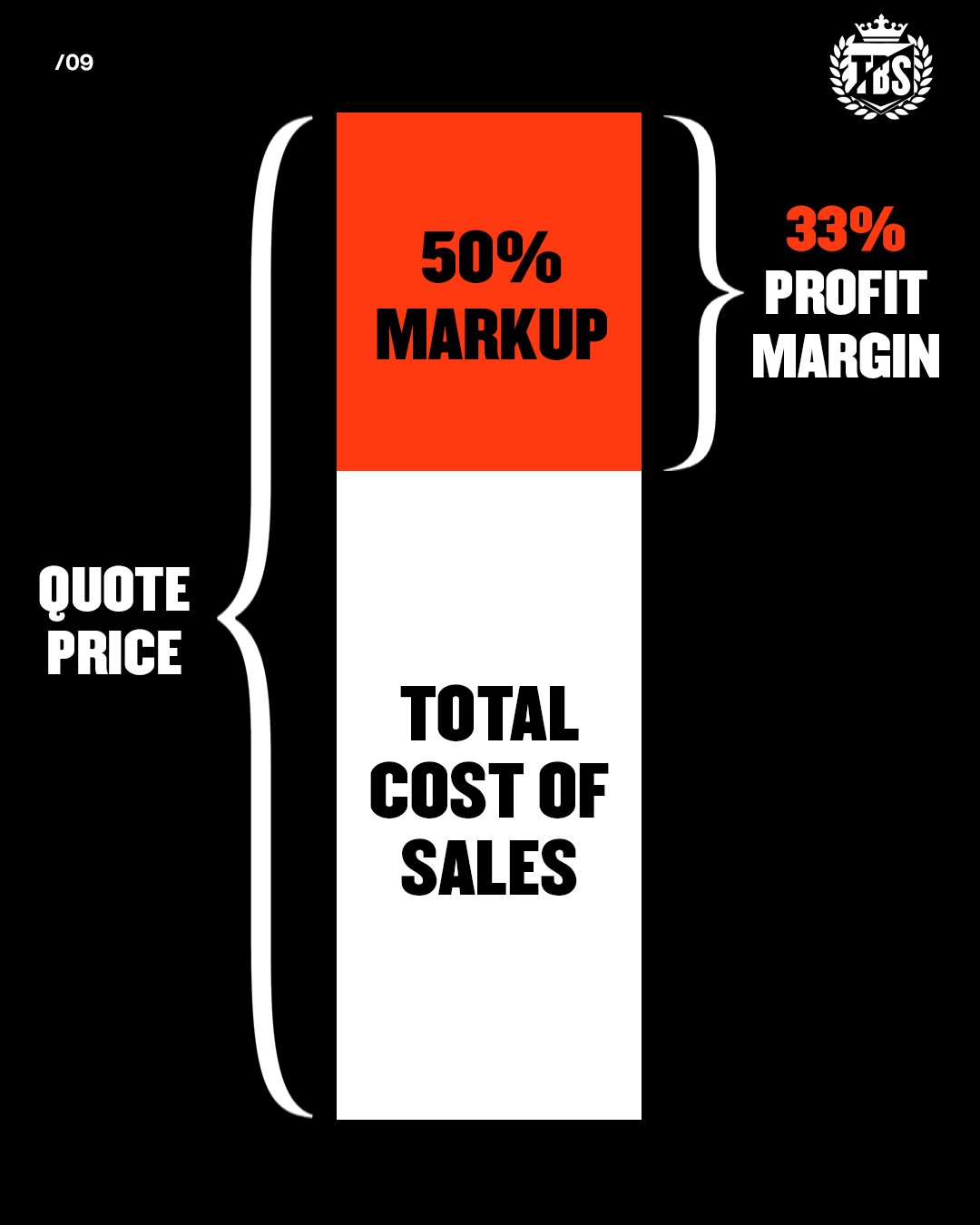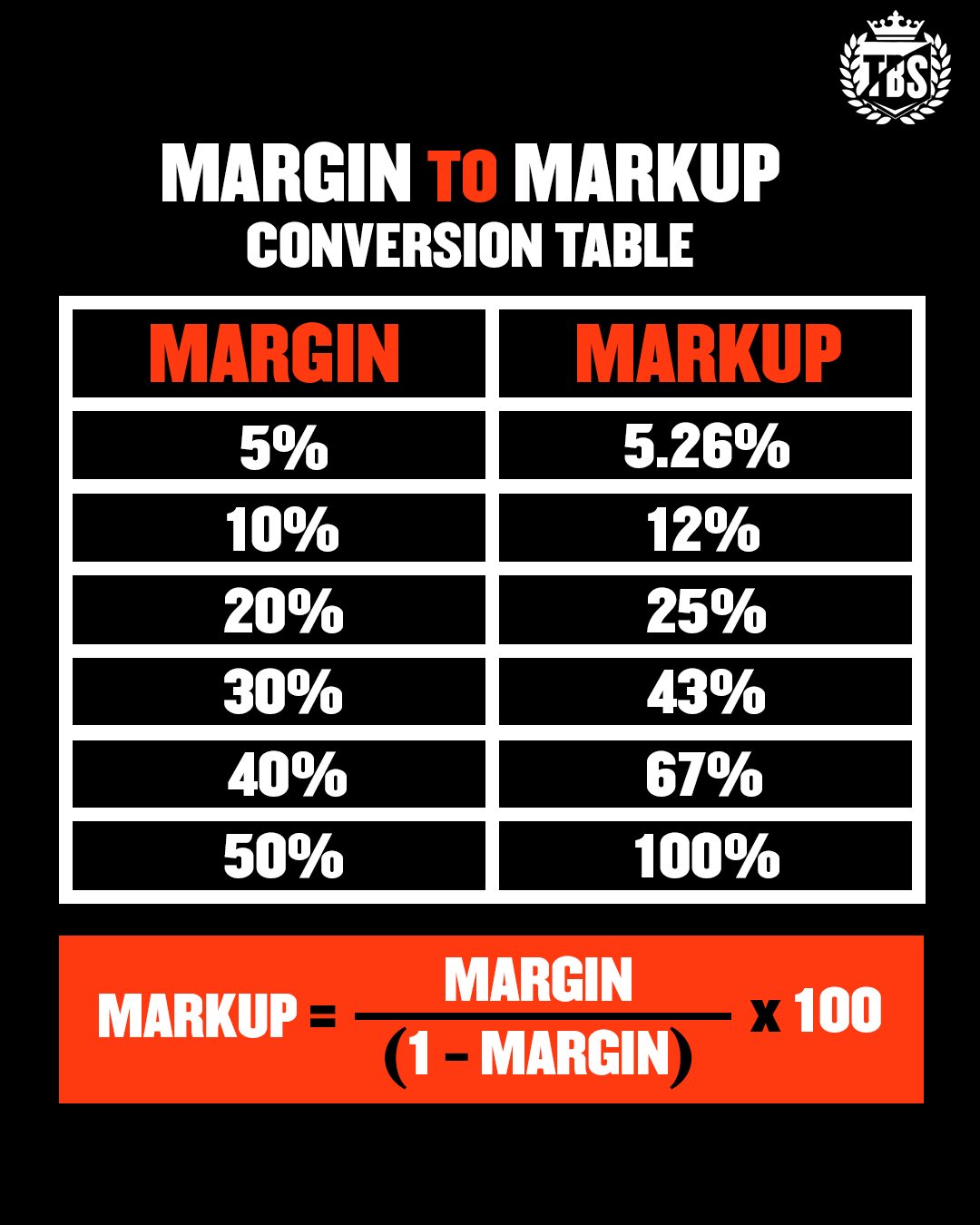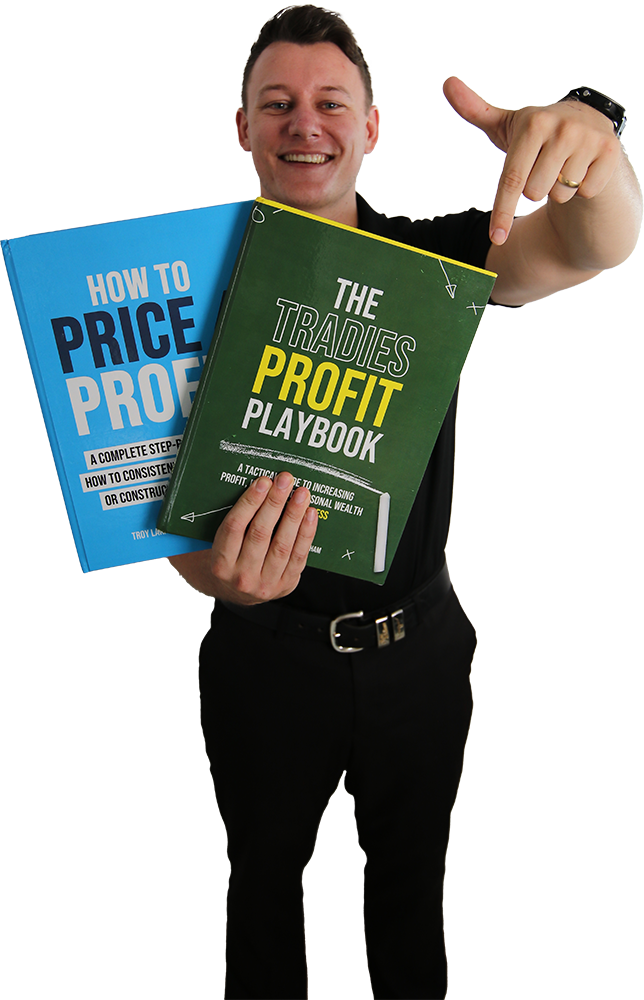Are you making the same pricing mistake that 80% of trade business owners make?
Most trade business owners’ price their jobs thinking there’s a lot of profit in them… but when they actually complete the work, there just isn’t anyway near as much money in their bank account as what they thought there should have been.
Chances are, they made the same pricing mistake that 80% of trade business owners make… they simply slapped a random mark-up on top of their job costs with no clear idea of WHY they’re setting that price in the first place.
Let’s go through some typical examples:
- 1“My mate said he uses 25% markup, so I think this is right”
- 2"Not really sure what my markup is, but it seems to work out”
- 3"My old boss used 15% markup, so that’s what I use”
- 4“I guess, and it just seems about right”
If you’re just adding up all the job costs (i.e. labour, materials, etc.) and then slapping a 10%, 15% or 20% markup on top and thinking that’s your profit margin, you’re costing yourself big time.
Trade business owners that use this approach will almost certainly come in cheaper on a variety of jobs they price, simply because they are leaving money on the table and not working for the profit that they think they are! Why!?
Because they are confusing markup with gross profit margin.
Most seem to assume they both mean the same thing. However, there is a big difference between the two! And knowing the difference between them can be a key factor in your business either making a profit or a loss at the end of the year.
So, let’s breakdown the difference…
Note: Before we go any further, it’s important that you understand these three terms:
For example, let's say you’re a plumber and you’re doing a small bathroom renovation and the cost of goods sold is $10,000. You then quote the job at $15,000.
To calculate your gross profit, you use the following equation:
Gross Profit = Sale Revenue – Cost of Goods Sold
Gross Profit = $15,000 –$10,000 = $5,000
So, how does this translate into the markup and margin?
Your markup is calculated by:
Markup = Gross Profit / Cost of Goods Sold
Markup = $5,000 / $10,000 = 0.5 (or 50%)
But is that your gross profit margin? No!
Your gross profit margin is calculated by:
Gross Profit Margin = Gross Profit / Sales Revenue
Gross Profit Margin = $5,000 / $15,000 = 0.33 (or 33%)
Now this 33% is what you get to keep! Not the 50% you thought you were getting!
This 17% difference (50% - 33%) is pretty significant when we’re talking about your bottom line!
See below for an illustration of the example above:
Action items moving forward:
- 1Price For Gross Margin, NOT Markup: You need be marking up your jobs based on a pre-defined gross profit target that is suited to your business’s specific needs and numbers. This is what will guarantee you price for profit! For example, aim for a 55%+ gross profit margin for maintenance and servicing work. Make sure you have a target to aim for before pulling the trigger on any quotes or proposals!
- 2Back Cost After Every Job: Your quote is just an ESTIMATE (i.e. it’s not a true indication of the gross profit you actually receive at the end of the job). This is why you need to back cost all the jobs you do, to figure out what gross profit margin you’re actually hitting and WHY. Once you have done that you can actually compare jobs and see why they worked out or why they didn’t and make some decisions and changes in your pricing for next time. Investigate the reasons for variances and correct them!
Knowing the difference between mark-up and margin can dramatically improve your bottom line.
Use the table below when pricing to help better distinguish between both markup and margin.
If you're looking for assistance with anything to do with pricing and winning work, click here to learn more about how our team can help!



